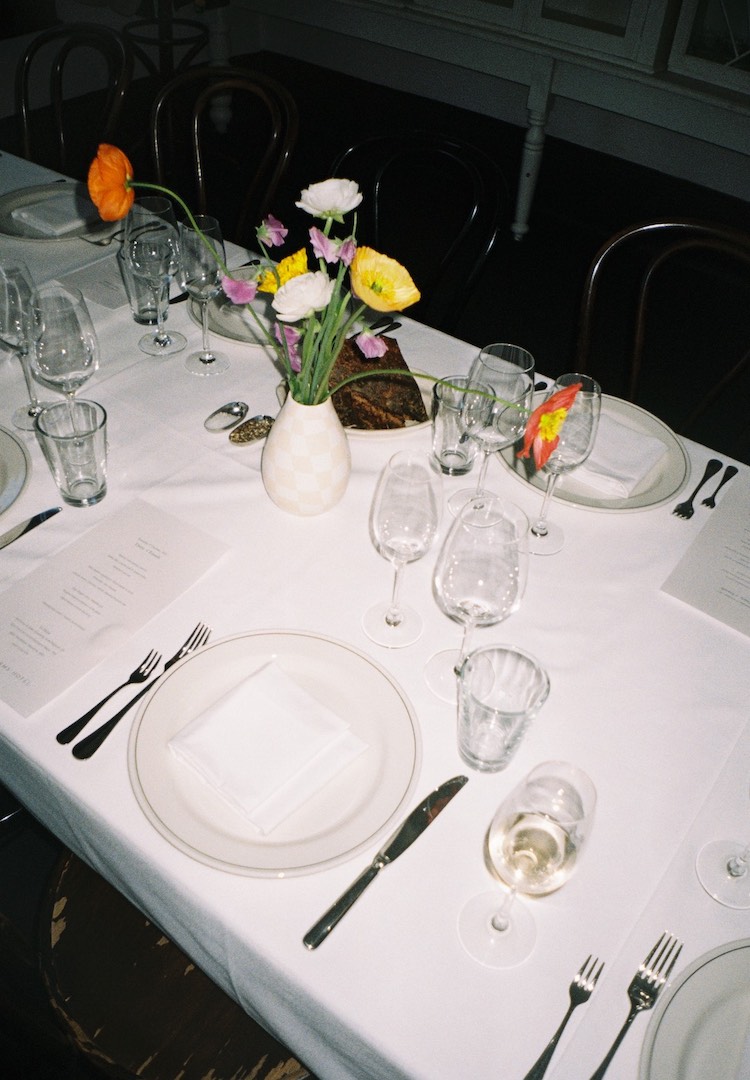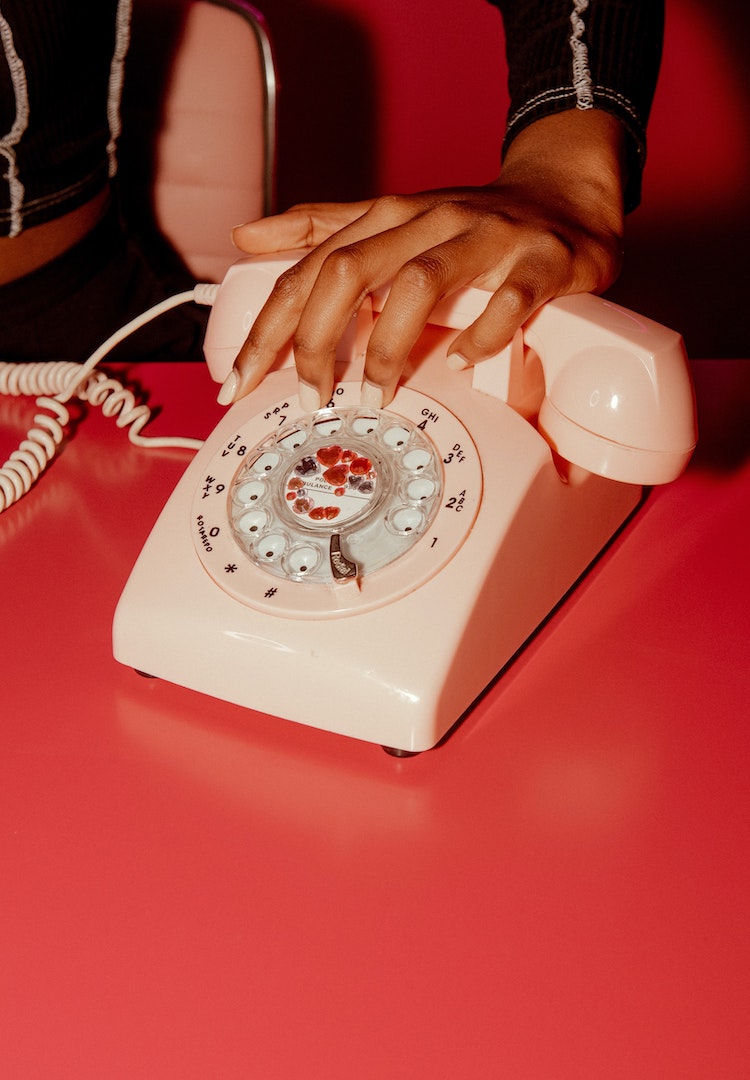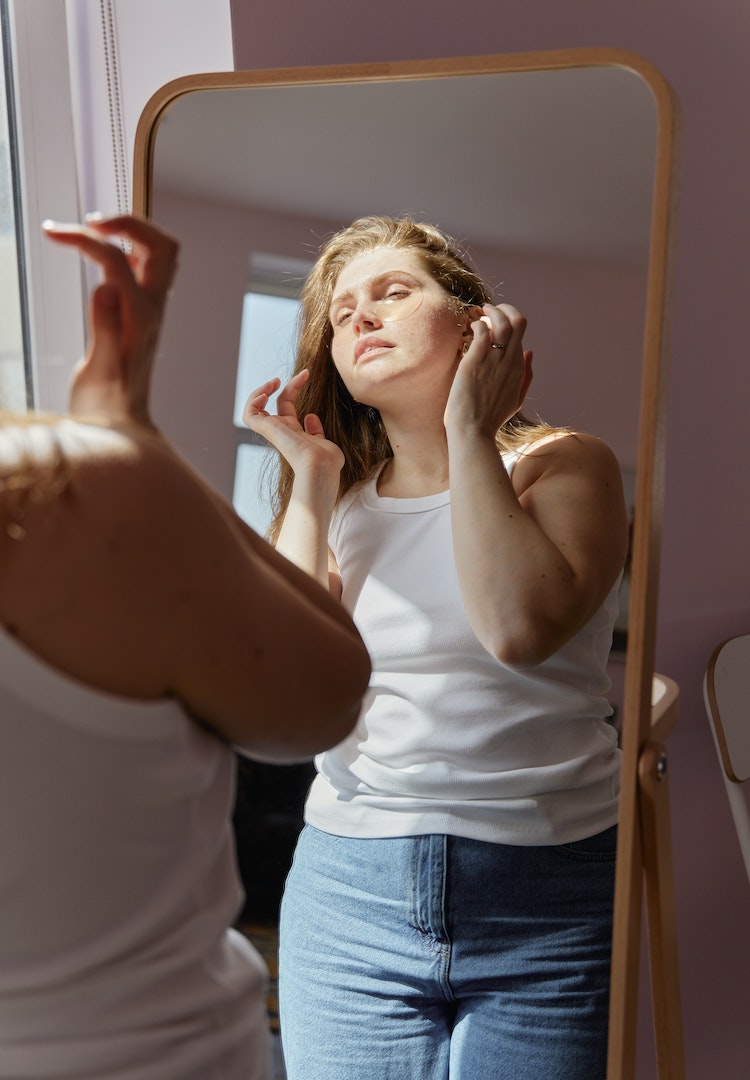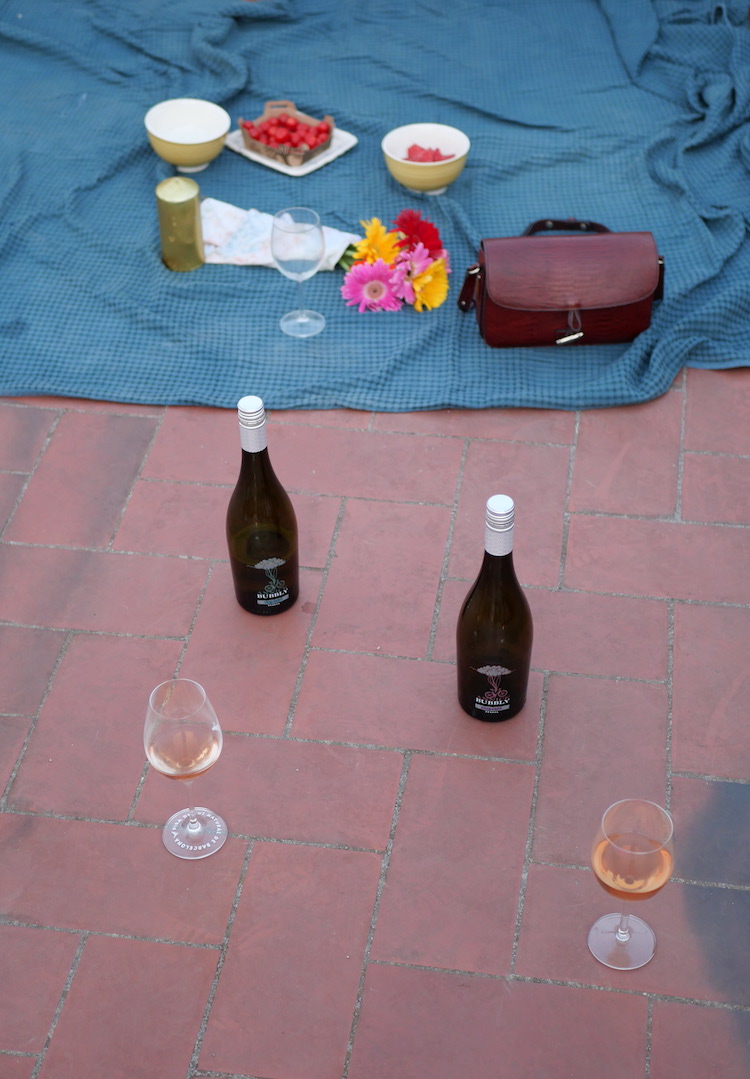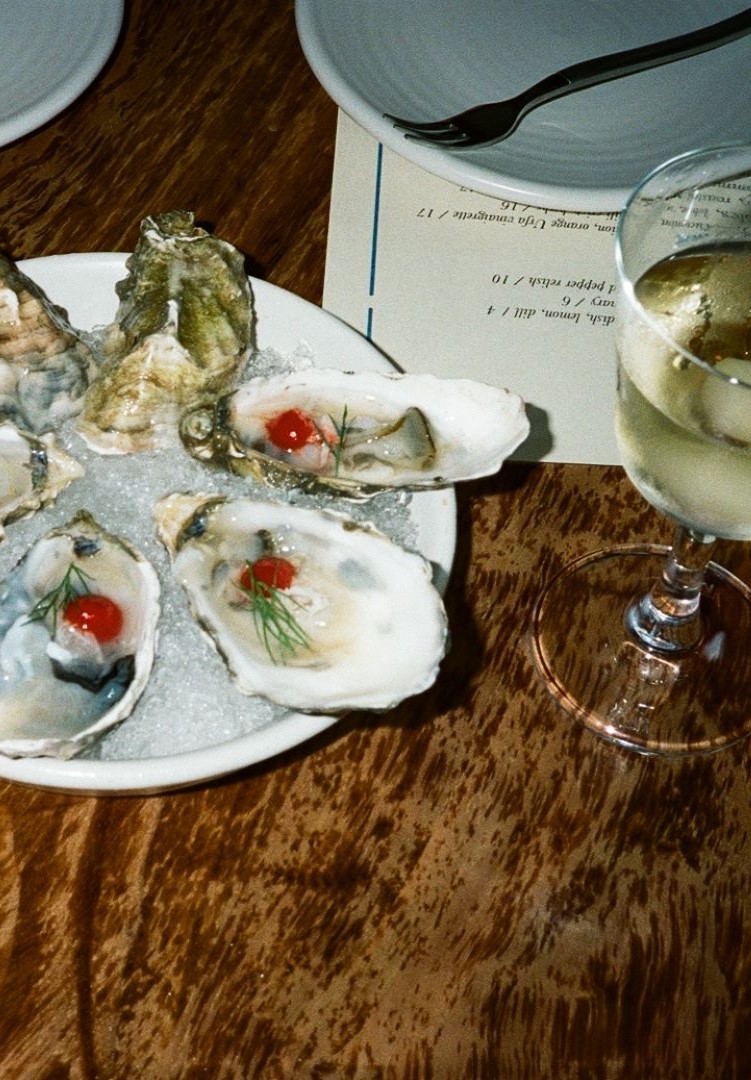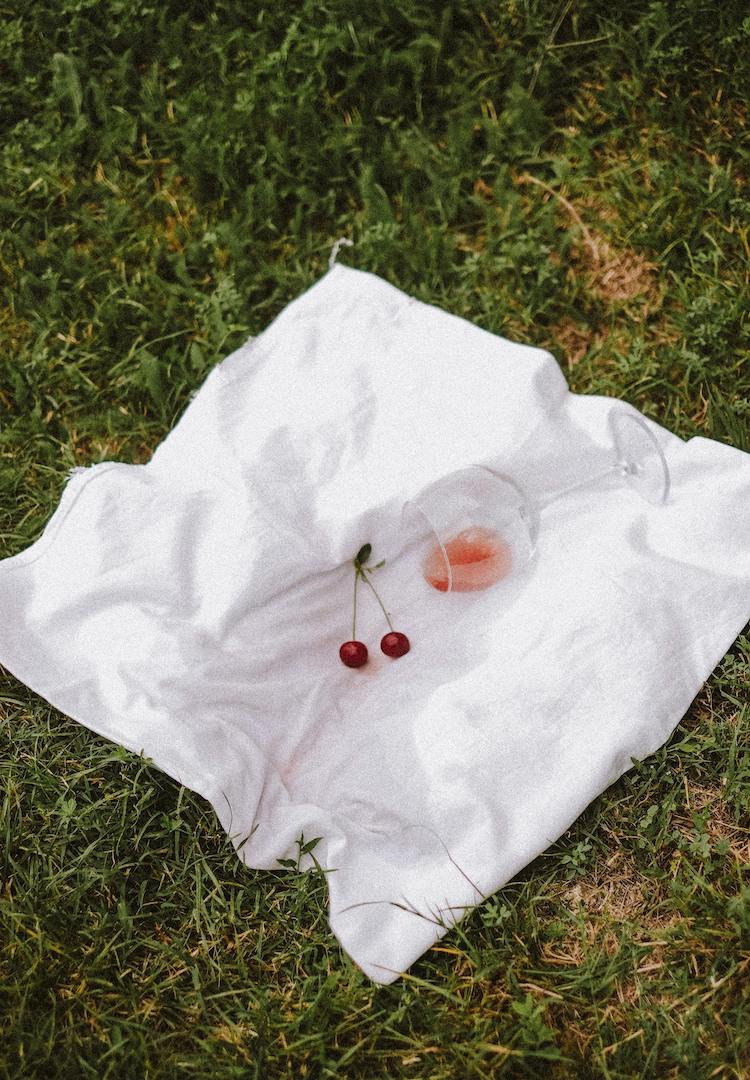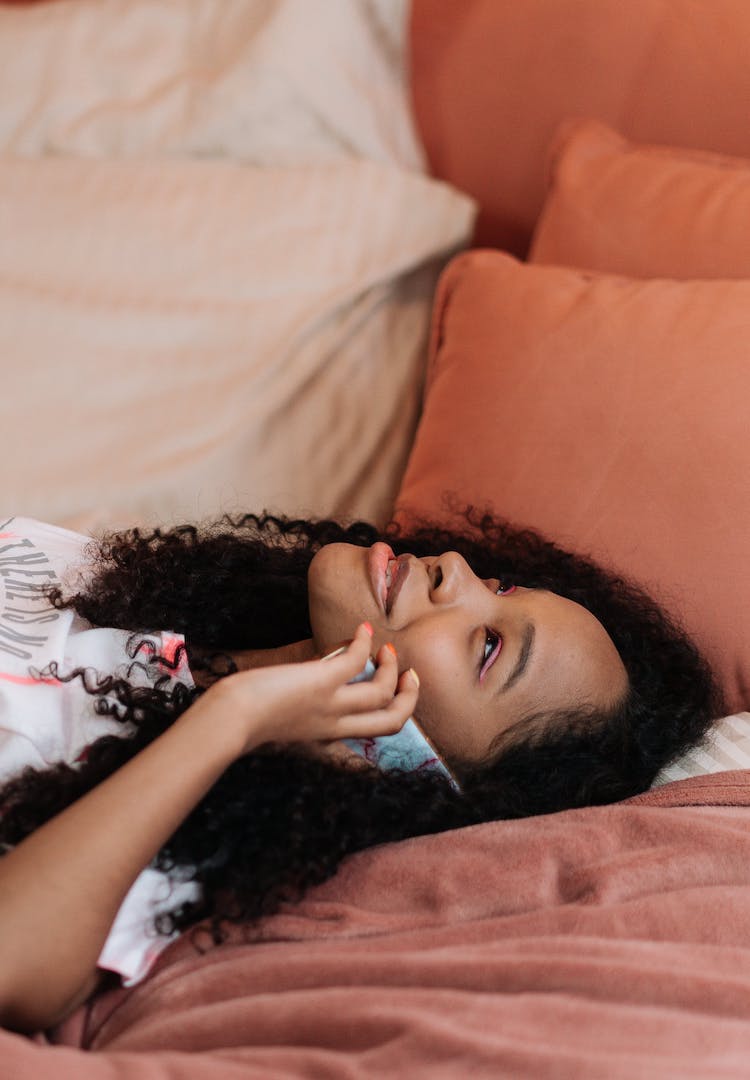What to expect from dating in 2023, according to industry insiders
WORDS BY VIOLETT FARRAR
“It’s okay to be selfish, especially since it’s becoming more celebrated to do life on your own and any partner is just dessert.”
You’d think dating would be easier. With such a wealth of dating apps and eligible single people seeking relationships, odds are there are bound to be some solid prospective matches out there. The reality, however, is quite different.
Modern dating, particularly when done through the apps, can feel like a repetitive cycle of lacklustre dates, failed talking stages and dating app burnout. But with a new year comes new trends in the world of dating. For those looking to date, it’s a chance to start afresh. So what will 2023 be bringing to our dating apps and beyond?
Looking for more thought-provoking reads? Try our Life section.
Lucille McCart is Bumble’s APAC Communications Director and has years of experience working in the dating industry hive (aka Bumble) so knows what’s up when it comes to trends in dating.
Eloise O’Sullivan and Eloise McCullough are the co-founders of Melbourne-based lubricant brand Figr, and more recently, Heart Attack, a Figr x 1800 Lasagne speed dating collaboration. Below, Lucille and the two Eloises share their tips on thriving in the 2023 dating scene.
Open casting
First up is ‘open casting’, which is basically dating outside of your typical type. When you’re open casting while using the apps, you’re focusing on traits like emotional maturity and personality compatibility. It’s different to ‘type casting’ which is when you place more value on physical appearances and the look of someone’s profile.
“Thirty-eight per cent of Australian singles are open to dating outside of their type… it’s really interesting to think about the types of dating experiences you can have if you throw out your own personal rulebook and open yourself up to different types of people,” Lucille tells me. She goes on to explain how the pandemic may have played a role in the rise of open casting.
“We were talking on the phone [and] doing video calls and in [that] process what someone looks like becomes so much less important. You’re interested in conversation [and start] asking yourself is he [or she or they] someone that I want to be dating? Physical attraction is important in dating, it’s just not the most important thing.”
Eloise O and M, on the other hand, offer a slightly different viewpoint on this trend.
“Open casting is good in theory, but it’s hard to follow when so much of attraction comes from split-second triggers; the sound of someone’s voice or their smell etc. Everyone, in general, shouldn’t make snap judgements, but your intuition on whether you think someone is compatible with you usually isn’t wrong,” they tell me via email.
The dating renaissance
The second trend Lucille mentions is something called the ‘dating renaissance’, which is when a connection blossoms between a person who is “intimately familiar” with these apps and a person who is brand new to them. I’ve never really thought about this before as I feel like most young people (particularly Gen Z, my generation) are fairly familiar with dating apps.
But data from Bumble indicates that more than a third of its users (roughly 40 per cent of people on the app) ended a serious relationship or marriage within the past two years. It means that for a huge cohort of Bumble members, dating on ‘the apps’ is a relatively new experience and they’re still finding their way around all the nuance, lingo and etiquette of this new territory. For those who have been on dating apps for some time, this can be quite refreshing.
New app features
With a new year comes new app features. Tinder launched a Relationship Goals feature in late 2022 which allows users to specify and display their dating intentions on their profile, allowing for intentional swiping and a greater chance of a compatible match.
Similarly, Hinge has recently introduced a Relationship Type feature that lets users specify the type of relationship they’re after, be it polyamorous, solo poly, monogam-ish or monogamous.
Another new Tinder feature is The Dating Safety Guide, which is a collaboration between Tinder and The Women’s Services Network aimed at protecting users by creating various safety guidelines they must adhere to. Online dating can be risky, particularly so for women, but it’s hoped that with these guidelines in place users will be able to report and block profiles for inappropriate content and abuse much more easily.
As for Bumble, two new features have recently debuted. The first is Recommend to a Friend. “Bumble users now have the ability to share singles profiles with fellow Bumble user friends, if they think they would make a compatible match., [It’s] a great way to help your friends out,” Lucille tells me.
A feature like this is an excellent way to experience the apps in a different way. Although app users all see the same pool of singles, they appear in varying orders. Depending on how fast you swipe through, it can be easy to swipe past someone you wanted to match with. Think of this feature as a sort of second-chance match.
Sometimes it can be hard to think of a non-generic, genuine opening line (particularly if you’re keen to avoid any cheesy pick-up lines). Bumble’s new compliment feature facilitates a more organic chat, the way it would be in person.
“Compliments are a fun and flirty way of interacting with people. [Essentially] it allows you to send a compliment from any part of someone’s profile before you’ve matched, so it’s a good way of showing your interest,” shares Lucille.
Speed dating
Eloise O and M provide some intriguing insights into what we can expect to see when it comes to dating off the apps, with the focus being on dating events.
“We have definitely seen a rise in dating events whether that be speed dating, singles events and specific group meetups. It’s definitely a natural progression from the tech-dating fatigue that came after the lockdown.
“Everyone is over time-wasting. It’s so much easier to meet 20 people in an hour then spending two weeks mindlessly messaging someone to then go on an average hour (minimum) long date that most of the time leads nowhere,” they tell me.
They also emphasise the expected growth in the speed dating industry, telling me that Figr’s speed dating events have repeatedly sold out. While to some speed dating might seem like a desperate last resort, its modern iteration is markedly different.
It’s thanks to entrepreneurs like Eloise O and M that speed dating has become modernised. They work with appealing local brands to supply covetable door prizes (think sleek bottles of lube and gourmet chocolate), serve organic wine and are soundtracked by DJs you’d find at a trendy Inner North bar. It’s popularity only seems to be increasing, as a number of young people open themselves to IRL dating (FJ’s Digital Editor, Cait Emma Burke, is one of them, and you can read about her experience here).
Like Cait, people are opting for this version of dating not out of desperation but because they’re prioritising in person interaction over dull and stilted in-app conversations.
“We can see that it’s already booming. [It’s] only two weeks into 2023 and we’ve had multiple requests to bring speed dating into different spaces. Singles want a space where everyone is on the same playing field, which is scary, vulnerable and downright sexy,” the pair tell me.
Healthy selfishness
‘Healthy selfishness’ is a hot topic this year and it’s something I personally need to work on. So many of us jump into dating (casual, serious or otherwise) without setting appropriate boundaries or thinking about what we’re genuinely looking for. We’re all guilty of thinking we like someone purely because the initial physical attraction is there and reassuring ourselves the rest will just come with time. But often, that’s just not the case.
This is where healthy selfishness comes in. Lucille and I both agree the pandemic is to thank for its surge in popularity. Cheers COVID! It’s all about honing in on your needs, establishing boundaries and respecting your own happiness, growth and personal freedom by being ‘selfish’ and mindful about what you’re going after. It’s something we could all use a little bit more of (both on and off the apps).
“The pandemic allowed people more time and space to give consideration to what they want… six foot and muscly [are] maybe not the best things to be picky about. But are they kind, are they generous, do they treat you well? Then yes. Be as picky as you like,” she says.
Eloise O and M also agree that selfishness in dating is on the rise but it’s not something to be concerned about. “It’s okay to be selfish, especially since it’s becoming more celebrated to do life on your own and any partner is just dessert,” they tell me.
Guard railing
Similar to the concept of healthy selfishness, ‘guard railing’ is proving popular in 2023. After the lengthy and draining pandemic period, people are re-focused and more determined than ever to find their ideal person. “Protect your energy… don’t over-commit yourself and be really clear about your emotional needs… filter out those people who you don’t align with, from the start,” Lucille explains.
Think about what you really want and if the person you’re dating is going to provide that for you. “What’s that saying going around, ‘If it’s not a hell yes, it’s a hell no’? I’m not good at taking on this advice by the way (as my friends remind me every second day), but maybe you are,” Eloise M shares.
So there you have it, your rundown of this year’s dating trends, both on app and off. Personally, I’ll be focusing my energy on meeting someone organically, the way I think everyone would honestly like to say they met their partner. But in saying that, dating apps also have their many successes. I believe (and I’m sure the experts I spoke to would agree) that it’s all about the way you use them.
Interested in reading more on dating in the new year? Head here.

